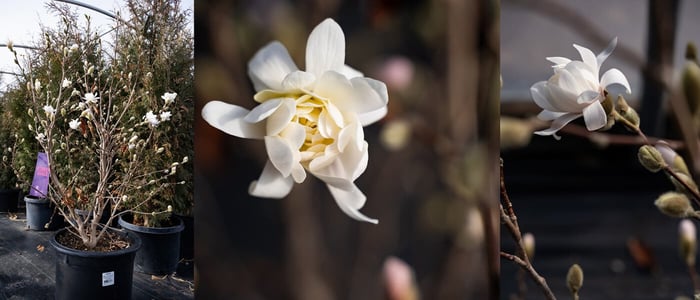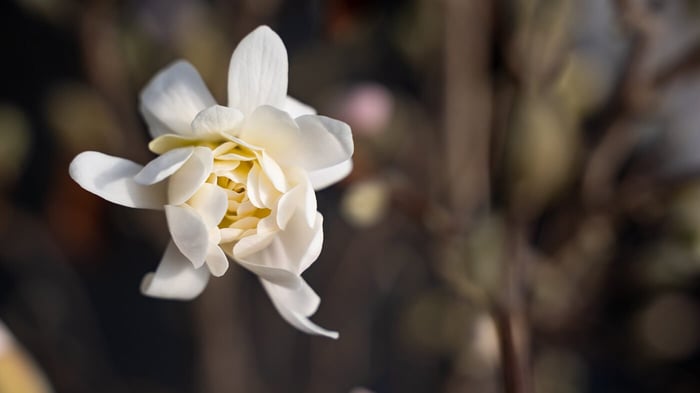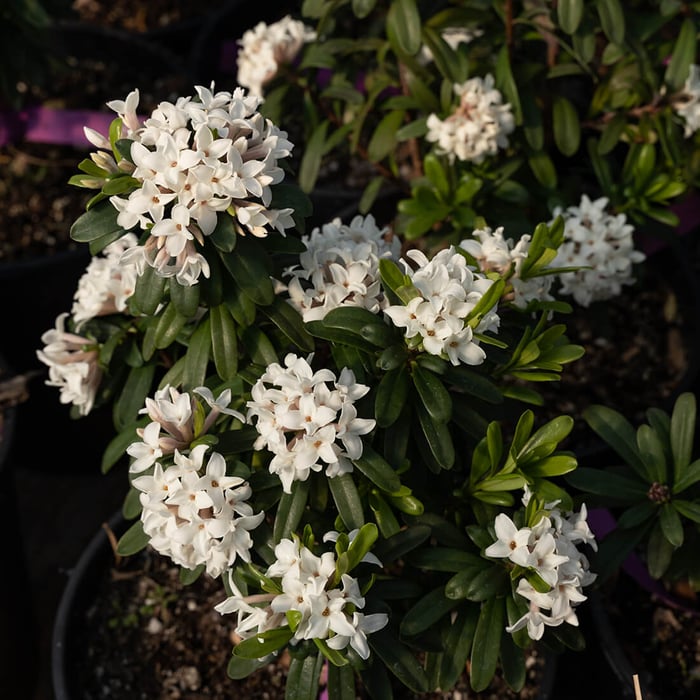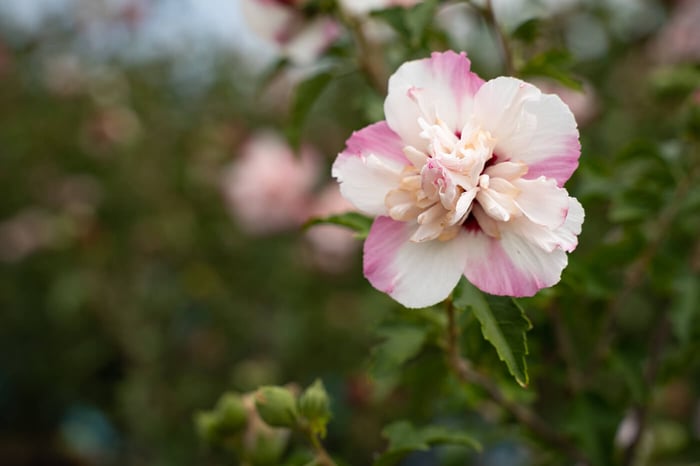When it comes to creating a beautiful landscape, few things are as important as choosing the right plants. One plant that is ideal for Utah's climate is the Magnolia stellata 'Centennial Blush' Star. This stunning shrub is easy to care for, and it can add color and beauty to any landscape.
Native to Japan, the 'Centennial Blush' Star Magnolia is a deciduous shrub that grows to a height of 10 to 15 feet and a spread of 8 to 12 feet. With its slow to medium growth rate, it will never grow beyond the size of a small tree or large bush. Centennial Blush prefers full sun to partial shade and is hardy in USDA zones 4 to 8, making it ideal for Utah’s climate.
Centennial Blush also adapts to a wide range of soil types, tolerates acidic to alkaline soils, and is not particular about soil moisture levels. This makes it a good choice for areas of Utah that have varying soil conditions. It grows well with water from most sources, but it will not survive long if it’s watered with water from Utah Lake.
One of the most attractive features of 'Centennial Blush' is its stunning flowers. Fragrant double blooms are composed of multiple petals that are pinkish-purple on the outside and white on the inside. Flowers start out light pink and fade to nearly pure white. It blooms prolifically in early spring and can provide a beautiful display of color after a long winter. The flowers are also fragrant, making them a great choice for a sensory garden. Even better, its leaves turn yellow/bronze in the fall, and its unique branch structure creates winter interest, creating a wonderful display all year round.

In terms of maintenance, the 'Centennial Blush' Star Magnolia is relatively easy to care for. It requires moderate watering and is resistant to most pests and diseases. It can be pruned to maintain its shape and size, but is otherwise low maintenance. Here in Utah, we highly recommend that you add a layer of mulch around the base of the shrub to help retain moisture and suppress weed growth. Most magnolias in Utah will develop a small degree of iron chlorosis resulting in leaves that are lighter in color. However, they tolerate this condition nicely, and their lighter colored leaves stand out in the landscape.
There are many ways to incorporate this magnolia into your yard. It can be planted as a specimen shrub, providing a focal point in a garden border. It can also be planted in a mixed border, offering color and texture alongside other shrubs and perennials. It works well as a backdrop to smaller flowering plants or as a perennial border, adding texture and interest throughout the year.








